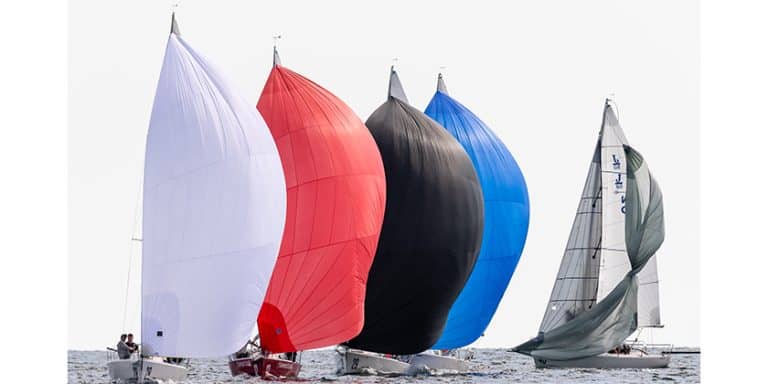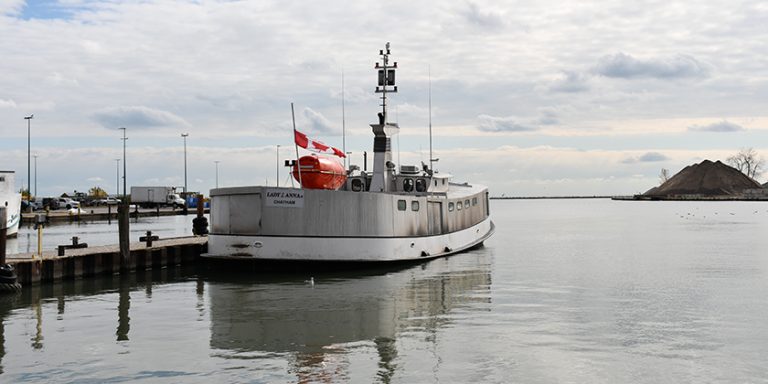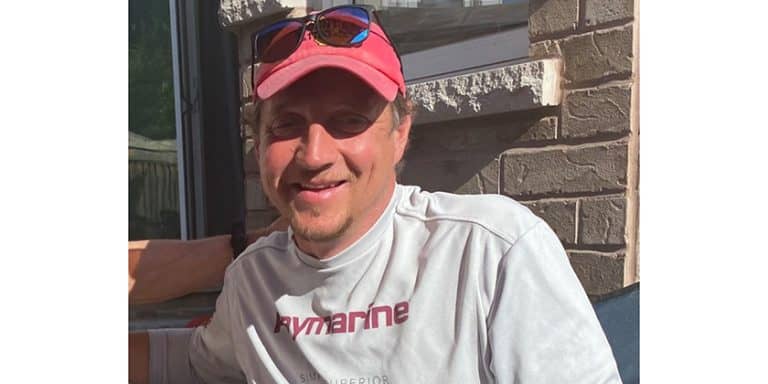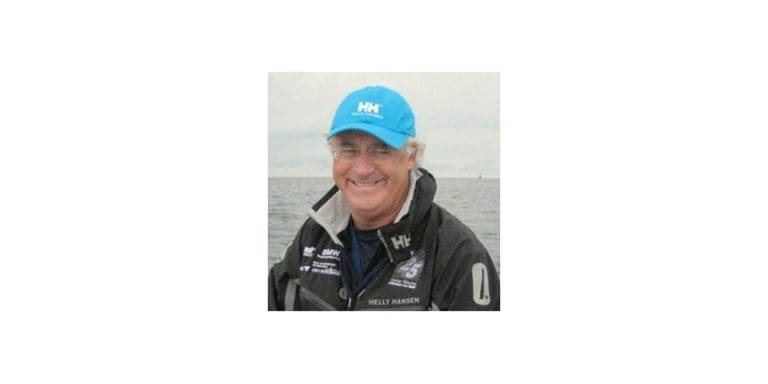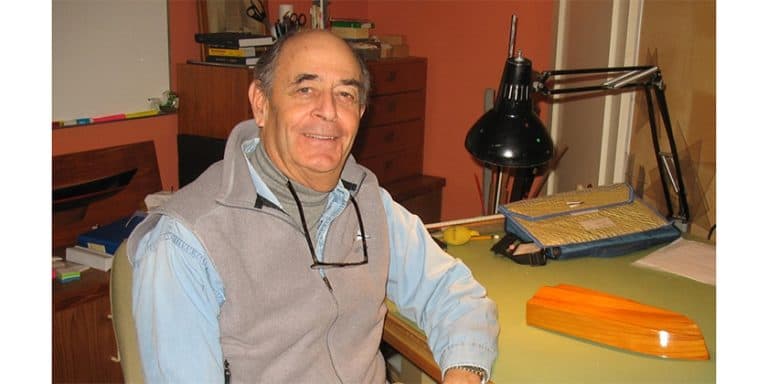Building Adamant 1 – Part A December 14

Dec 14, 2017
Living the dream! Longtime CY staffer and now blogger Lynn Lortie with her husband Pat left Midland more than a year ago to make their way into the Great Loop and head out on a three year sailing odyssey. Follow their progress right here in CYOB
We have been asked many times what make of boat Adamant 1 is. She is somewhat unusual with her rigid dodger, high topsides, big windows and large foredeck. Most people are surprised when we tell them that Pat designed and built her. It is everything we wanted in a cruising boat and the bonus part is that she sails well! A job well done by a produce manager and a banker!
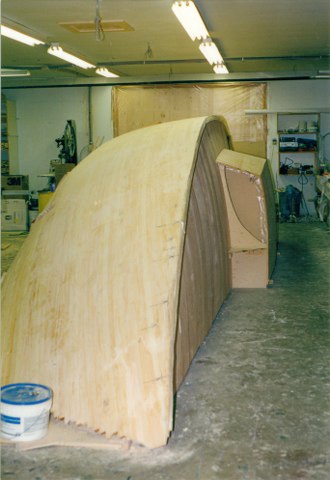
Adamant 1 came about because we could not find anything for sale that had everything on our wish list. She had to have big water and fuel tanks, lots of storage, a separate freezer compartment, and be roomy enough to live on. It had to be big enough to handle the ocean, but small enough for me to handle alone if anything should happen to Pat. In 1999, after a few weeks on the drawing board, Pat had the plans figured out. He lofted the drawings on our basement floor, and then transferred them to mylar sheets. We ordered a truckload of pine and a 45 gallon drum of epoxy resin, crossed our fingers and went to work. It took a lot more wood and a second 45 gallon drum of resin but we have the boat we wanted.
 Adamant 1 was constructed in the half hull format. She is made of 3/4” pine strips glued together with thickened epoxy over 10 building frames. The pine was then covered with a layer of 1/8” cedar, placed on the diagonal. Following the cedar is three coats of cloth and epoxy on the outside and two layers on the inside. Then the two halves were taken out of the shop, and assembled upside down. The keel, constructed of 3/4” oak strips, was lifted onto the upside down hull. Once the two hulls were epoxied together and the keel was epoxied into place, we painted the bottom of the hull and the keel with black barrier coating. The neighbours thought we had built a submarine, because that is what it looked like upside down, painted black.
Adamant 1 was constructed in the half hull format. She is made of 3/4” pine strips glued together with thickened epoxy over 10 building frames. The pine was then covered with a layer of 1/8” cedar, placed on the diagonal. Following the cedar is three coats of cloth and epoxy on the outside and two layers on the inside. Then the two halves were taken out of the shop, and assembled upside down. The keel, constructed of 3/4” oak strips, was lifted onto the upside down hull. Once the two hulls were epoxied together and the keel was epoxied into place, we painted the bottom of the hull and the keel with black barrier coating. The neighbours thought we had built a submarine, because that is what it looked like upside down, painted black.
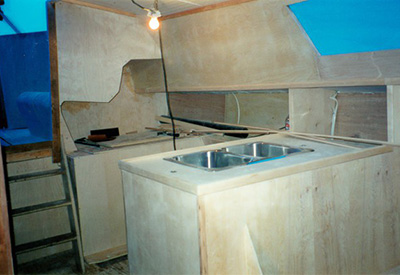
We then hired a crane, dug a 5′ deep, 15′ long hole and had the boat rolled over. The keel was put into the hole and the boat rested on cribs we had made. This allowed us to work on the boat without having to climb up steps. We then got our first look at what we had created. It looked big and it looked awesome! It was early in the spring of 2000 and we had a long summer of work ahead of us. Pat was “adamant” he was going to have the boat floating in two years, which is where the name came from…. he was the adamant one! So we geared up and started the inside. By the way, we both had full time jobs, so the boat was built in the evenings and on weekends!
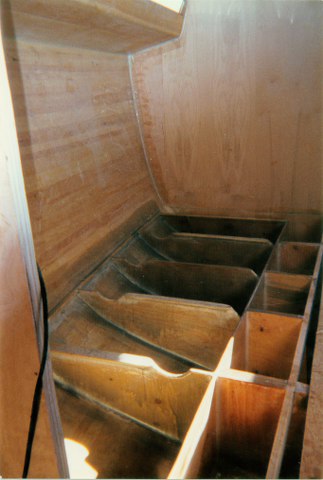
In our special issue next week on Dec 21, we continue the saga of Adamant 1’s construction. Don’t miss it!


